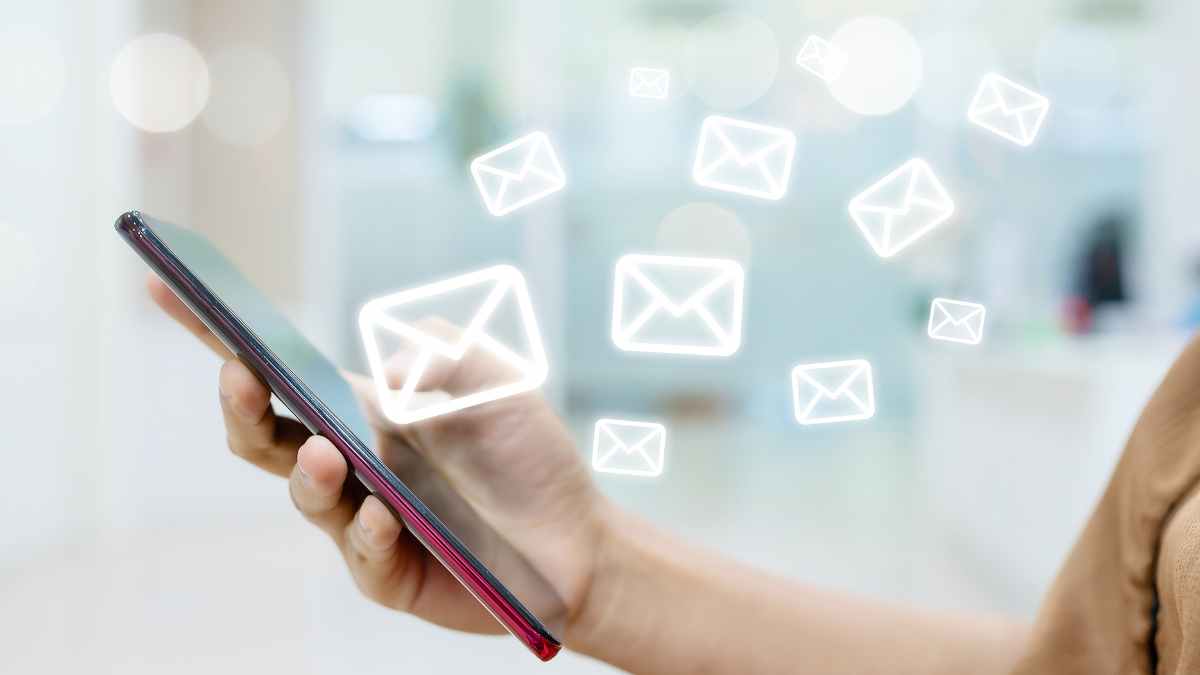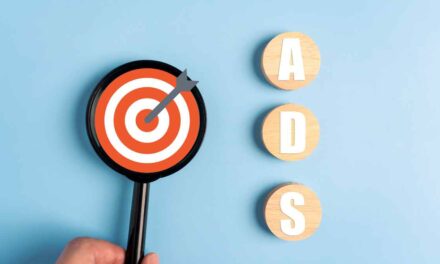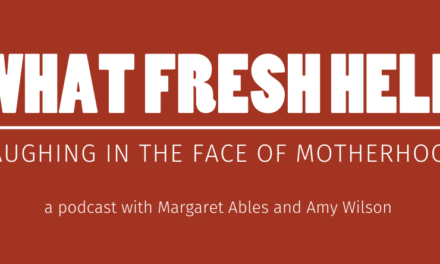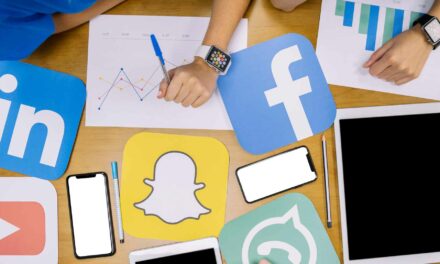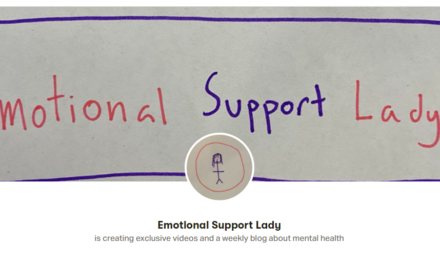We often preach the value of building an email list in a content business.
Your audience members hand over their contact information in exchange for some free content – a newsletter, an e-book, a podcast download, a template, etc.
You know you’ll monetize the list, but your audience may not realize it. With indirect methods, such as sponsorships and ads, subscribers may only notice when the offer interests them. But they will see when you make a direct request.
Entrepreneur Christina Nicholson discovered that when she launched an email-only selling promotion this month. After sending free weekly newsletters for over a year, she opted to send a daily email for one week to promote her higher-end media mentoring product.
After several days, one subscriber wrote: “Stop spamming people with all these solicitations.”
Though it was the only negative reply she received, the sender illustrates something all entrepreneurs, particularly those in the first stages of selling, should note:
How do you sell to people who opted in for your free content?
Here’s some advice from what we’ve experienced and lessons learned by Christina.
Don’t make promises you can’t keep. It can be tempting to attract subscribers by saying something like, “Your contact information will never be sold.” When you do that, your audience hears, “I’ll never get an email from someone trying to sell me something.”
Even if you don’t have any intention now, you may later opt to sell sponsor-dedicated emails to your subscribers or sell your company to a third party (and they’ll definitely want your subscriber list.)
Don't promise you'll never sell your subscribers' information. You'll likely eventually monetize the list indirectly or directly in your content business (and you definitely will if you sell the business), says @AnnGynn.… Share on XStart small. Before you send dedicated selling emails, add calls to action (CTAs) to your existing content.
For example, Christina added a PS note in her weekly newsletters where she made mention of her services and programs to let readers know she could help them more personally.
You could incorporate an ad into your downloaded content, mention it at the closing of a podcast, or add a URL on a closing video screen.
Test your promotions. Research what your audience wants before you market to all of them. Are they ready to make a big purchase where you provide a lot of value? Or are they more likely to opt for an entry-level product at a lower price point?
Christina says her product launch email series earned a 40.18% open rate and a 0.5% click rate. She didn’t achieve her sales goal. “It’s because the price point was a little too high ($797, including a $200 discount) to sell via an email campaign alone,” she says.
“My messaging wasn’t hitting correctly. At the end of the day, if you have traffic from the right audience and you’re low on sales, then you’re not saying something right,” she says.
Entrepreneur @ChristinaAllDay found her recent email-only sales campaign got a high open rate but didn't work well because her message didn't hit correctly. #ContentBusiness Share on XDisrupt only a little bit. Keep your traditional publishing schedule and content when you add promotional outreach. You don’t want your audience to think you’re now all about selling and are no longer providing valuable content.
Christina sent her weekly newsletter on Thursday, as usual, mentioning her new program and its weekly bonuses. On the other days during launch week, she sent a promotional email. People who had clicked to the sales page received an extra email on Friday before the discount expired.
Show proof. Just because you tell them your new product is good doesn’t mean they’ll believe you (they probably won’t). Use your landing page to explain what the product is and how they will benefit from it. Include comments from people who already have used the product (that’s where beta testers come in.)
Christina’s landing page included a video that showed an inside look at the program and its private support community. It shared the success others have had implementing the program and answered frequently asked questions.
Expect people to get irritated. Don’t be surprised when a subscriber or two asks you to stop selling as Christina’s audience member did. Respond with a polite email so they know you heard them.
You should get concerned when a higher percentage unsubscribe from your list.
Before you launch a sales email series, update your opt-out options for subscribers. Add a choice to opt out of sales emails. That leaves your subscribers an opportunity to continue to receive your content – and, later, they may be ready to respond to a soft call to action incorporated into your value-oriented content.
Update your opt-out options to include "unsubscribe from sales emails" before you launch a selling campaign. You won't lose a reader still interested in your content, says @AnnGynn. #Newsletters Share on XYou also can explain your process in each sales email, such as “We interrupt the regularly scheduled programming with this offer … Don’t worry, we’ll resume the regular frequency next week.”
Revise accordingly. Christina’s email series wasn’t the first time she sold the program. The last time, she did it live and answered questions from people in real time. “I wanted to try a more hands-off approach, and I learned it didn’t work the way I planned,” she says. Next time she launches an email-only selling series, she’ll offer her lower-priced ($37) course so people can commit less time and money for the product.
About the author
Ann regularly combines words and strategy for B2B, B2C, and nonprofits, continuing to live up to her high school nickname, Editor Ann. An IABC Communicator of the Year and founder of G Force Communication, Ann coaches and trains professionals in all things content. Connect with her on LinkedIn and Twitter.

